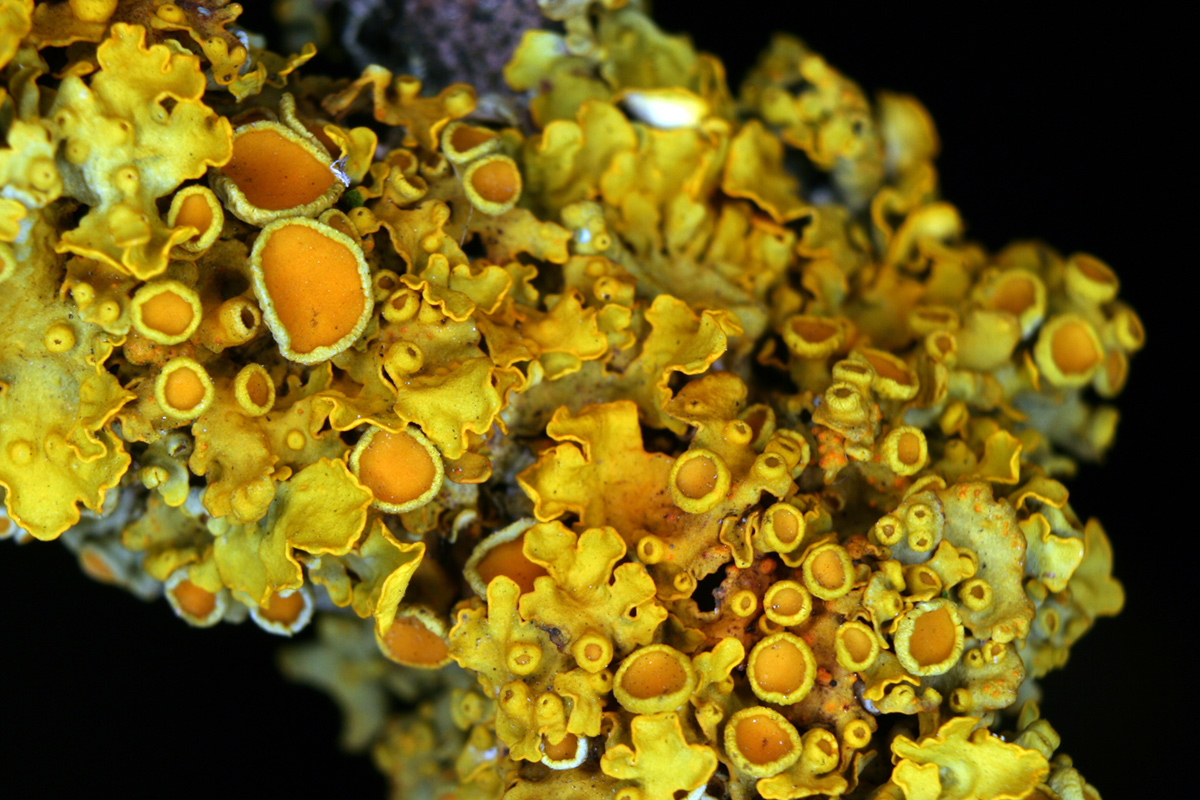Learning How Cancer Grows

An orange pigment called parietin, found in lichens and rhubarb, may have potential as an anticancer drug, scientists at Emory’s Winship Cancer Institute have discovered. The study results were published in Nature Cell Biology in October.
Parietin, also known as physcion, could slow the growth of and kill human leukemia cells obtained directly from patients without obvious toxicity to human blood cells. The pigment could also inhibit the growth of human cancer cell lines, derived from lung and head and neck tumors, when grafted into mice.
A team of researchers led by Jing Chen, Emory professor of hematology and medical oncology, discovered the properties of parietin because they were looking for inhibitors for the metabolic enzyme 6PGD (6-phosphogluconate dehydrogenase). 6PGD is part of the pentose phosphate pathway, which supplies cellular building blocks for rapid growth and has been found in cancer cells.
“This is part of the Warburg effect, the distortion of cancer cells’ metabolism,” says Chen. “We found that 6PGD is an important metabolic branch point in several types of cancer cells.”



